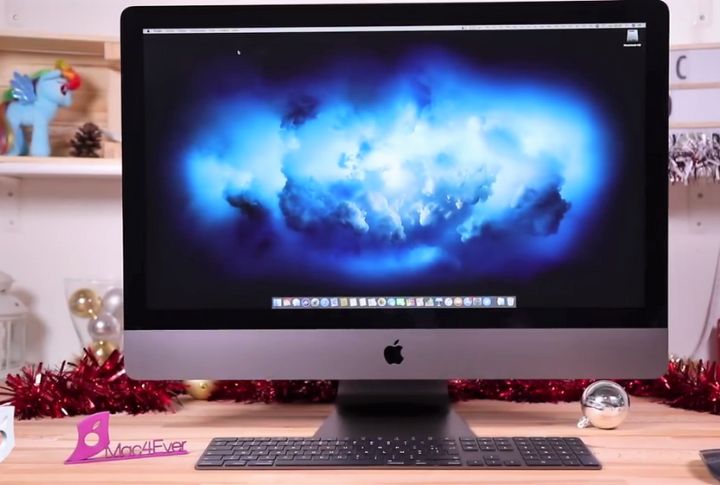
Apple’s history is marked by bold innovations that defy convention and challenge the norms of personal computing. Though not consistently commercially successful, these unique Mac models exemplify Apple’s commitment to pushing technological boundaries and redefining user experiences. Each machine tells a story of creativity and risk-taking that has shaped the company’s legacy.
The Macintosh XL
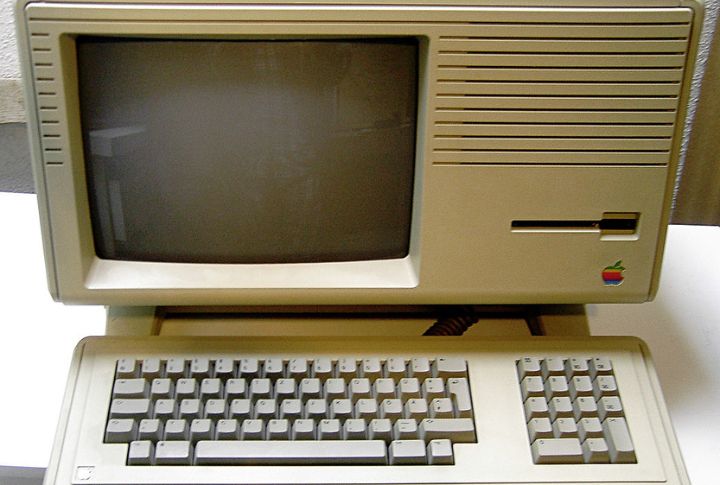
In 1985, Apple transformed its Lisa 2 into the Macintosh XL, aiming to clear unsold inventory. This machine featured a 12-inch display and could support up to 2MB of RAM, a significant upgrade. Despite its enhanced capabilities, the XL’s life was short-lived, and it was discontinued just months after its release.
The Power Mac G4 Cube

The Power Mac G4 Cube, introduced in 2000, was a marvel of design encased in a striking 8-inch translucent cube. Its fanless operation ensured silent performance, but its high price and limited expandability led to disappointing sales, resulting in its discontinuation within a year.
The Twentieth Anniversary Macintosh
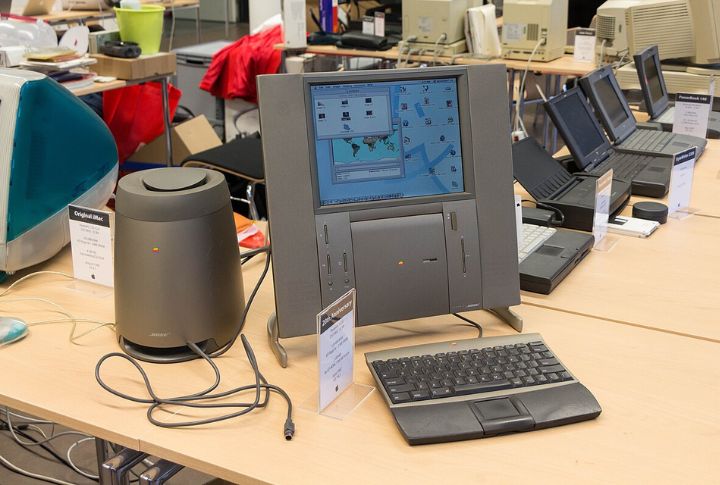
In 1997, to commemorate Apple’s 20th anniversary, the company unveiled the Twentieth Anniversary Macintosh. This limited-edition model boasted a sleek, vertically oriented design, a flat-panel display, and a custom Bose sound system. At $7,499, its exclusivity and cost made it a collector’s item rather than a mainstream success.
The Macintosh TV
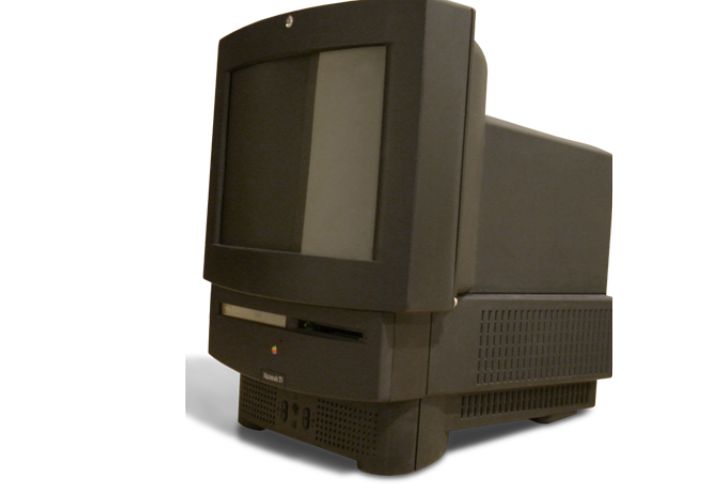
The Macintosh TV, which blended television and computing, debuted in 1993. This black Mac featured a built-in TV tuner, allowing users to switch between computer and television modes. However, its inability to display TV content in a windowed mode limited its appeal, leading to its discontinuation after a brief run.
The eMac
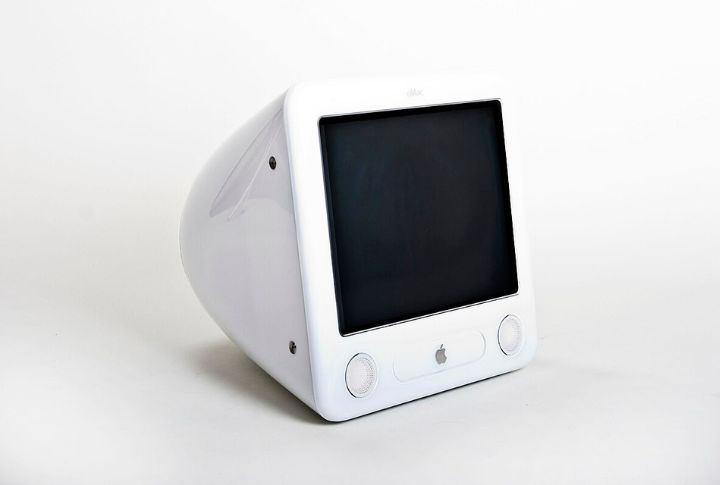
The eMac, initially designed for the education market, was introduced in 2002. Its all-in-one CRT display and white plastic enclosure offered an affordable alternative to the iMac. Moreover, its bulky design contrasted with the sleek aesthetics of other Apple products, making it a distinctive entry in Apple’s lineup.
The Macintosh Portable
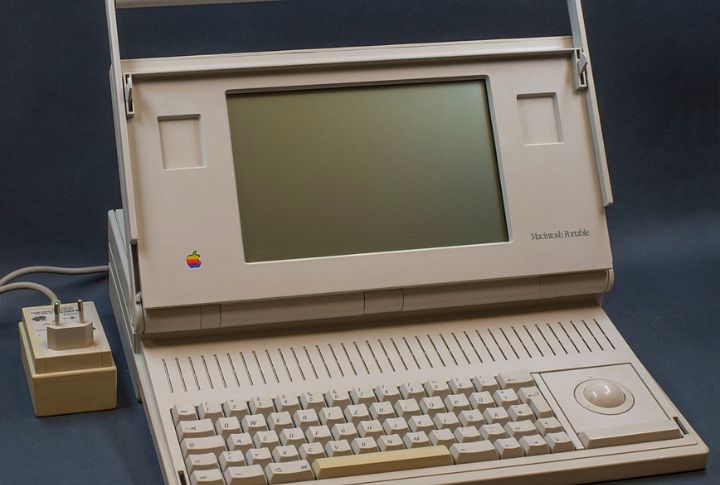
Launched in 1989, the Macintosh Portable was Apple’s first attempt at a truly mobile Mac. It featured a 9.8-inch active matrix LCD, a full-sized keyboard, and a trackball. Despite its advanced display and 6-12 hour battery life, its 16-pound weight and high price led to limited commercial success but influenced future designs.
The Mac Pro (2013 Cylinder Model)

Departing from traditional tower designs, the 2013 Mac Pro featured a cylindrical, compact form factor. Its unique shape and unified thermal core allowed efficient cooling but limited internal expandability. This bold design choice received mixed reactions from professionals seeking modularity.
The iMac G3
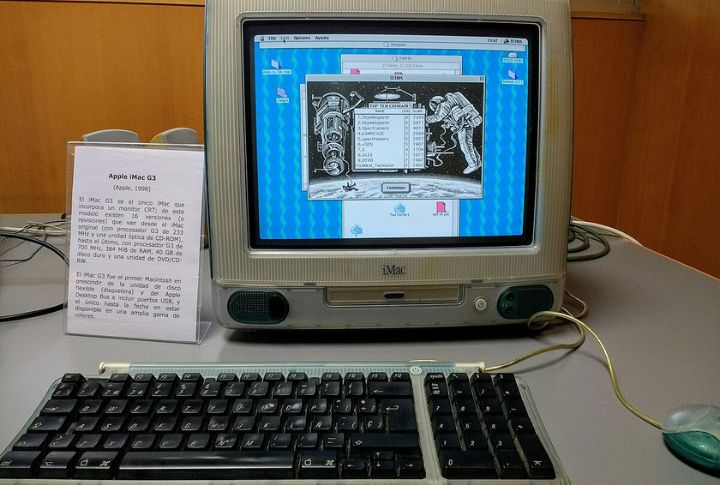
Launched in 1998, the iMac G3 broke away from conventional beige boxes with its colorful, translucent plastic casing. Available in various vibrant hues, it revitalized Apple’s image and set new trends in computer aesthetics, making technology more approachable and personalized.
The MacBook (2015 12-inch Model)
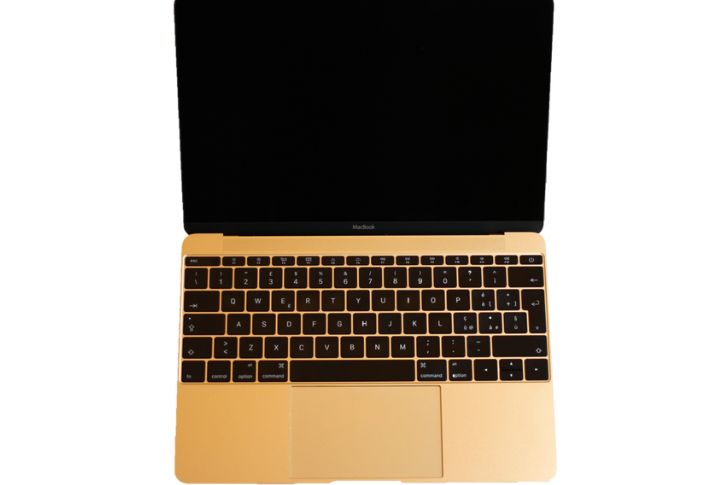
In 2015, Apple introduced the 12-inch MacBook, emphasizing portability with its ultra-thin design and lightweight build. It featured a Retina display and a single USB-C port for all connections and showcased Apple’s vision for a wireless future. However, it sparked debates over connectivity and performance trade-offs.
The iMac Pro

Released in 2017, the iMac Pro combined the iMac’s all-in-one design with professional-grade hardware. Sporting a sleek space gray finish, it catered to creative professionals requiring high performance, standing out as a powerful yet unconventional addition to Apple’s desktop lineup.
